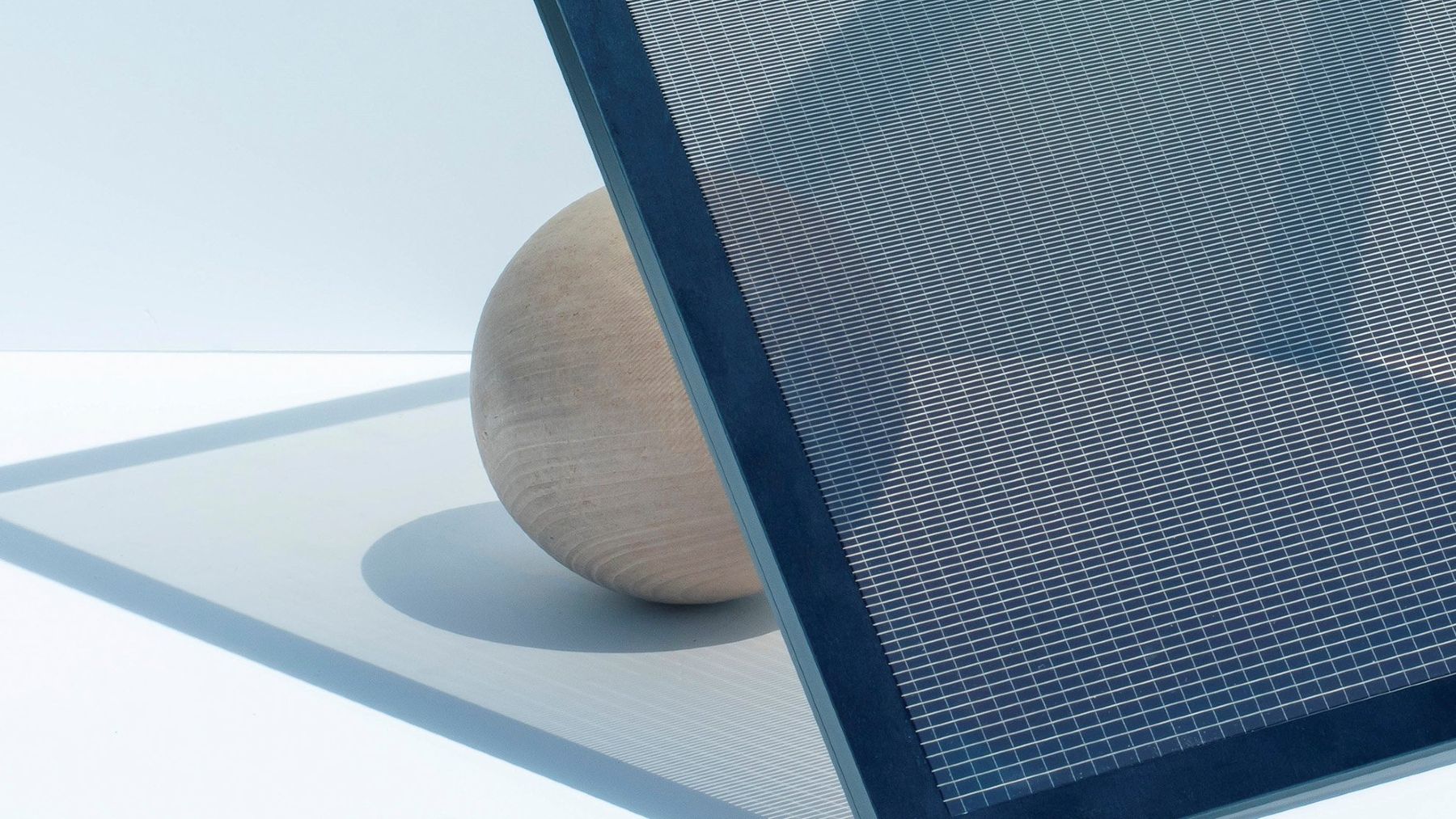How much energy would be generated if all houses could have photovoltaic cells? Those who don’t have space, those who have a bad location, or those who are in a community of owners are missing a huge opportunity… until now. Knew solar panels on windowsthat are here to change everything (just like this innovative material you can use for thermal insulation).
No room for photovoltaic panels? There are solutions
Figures from the Spanish Photovoltaic Union (UNEF) show a significant increase in the installation of new solar energy capacities for self-consumption in Spain. Although we experienced a 32% decline in growth rate in 2023 compared to the previous year, 1706 MW was installed.
The figures show a growth of 42% compared to 2021. These figures reflect a peak trend prompted by the situation of the Ukrainian crisis and aid from the COVID-19 recovery fund. Self-consumption generated 7,262 GWh in 2023, 59% more than in 2022, which represented 3% of national electricity demand.


This data supports the need for adapt one’s own consumption to the urban reality of Spain and unlock collective self-consumption to align traders, distributors and public institutions with the current energy model. In fact, they invite optimism and that is why we like to put the solar panels in the spotlight.
Solar panels on windows, a concept we should make use of
The rise of renewable energy sources has led to the search for more aesthetic and sustainable solutions. The combination of design and efficiency is materialized in photovoltaic glass that is specially designed to generate solar energy through the windows. In fact, a leading technology company (and it’s not Tesla) has the key.
A notable example is Panasonic’s perovskite photovoltaic glass, which is integrated into buildings to capture and convert solar energy. This material is even more efficient than monocrystalline silicon, reducing the efficiency loss that polycrystalline cells have in solar panels.
The building integration prototype and long-term demonstration project, which includes more than a year of technical testing, are being carried out in the Fujisawa Sustainable Smart Town in Japan. although conversion efficiency reaches 17.9%The challenge lies in maintaining the transparency of the windows.
How much energy could be generated with these solar panels on windows?
Panasonic’s smart glass has demonstrated unprecedented efficiency in solar energy conversion. Through an inkjet coating process and laser processing, a flexibility in photovoltaic glass sizewith a very similar effect to solar panels.
The use of perovskite cells has contributed to its efficiency, and the arrangement in horizontal stripes allows the light to be adjusted as needed. This innovation shows significant progress in integrating solar energy generation into our homes.
In fact, these solar panels are an excellent alternative for those who do not have space to install photovoltaic cells. What’s the one thing they would miss? As you can imagine, we have a similar means of storing the energy generated, something only batteries can do for now.
It is clear that the solar panels on windows It is a qualitative leap forward that leaves flexible panels far behind. Perhaps soon we will see them covering our buildings, generating 100% clean and renewable energy. What we are clear about is that solar energy is the source that will allow us to leap into the future. If not, ask this country that has shown what it really means to be sustainable.

